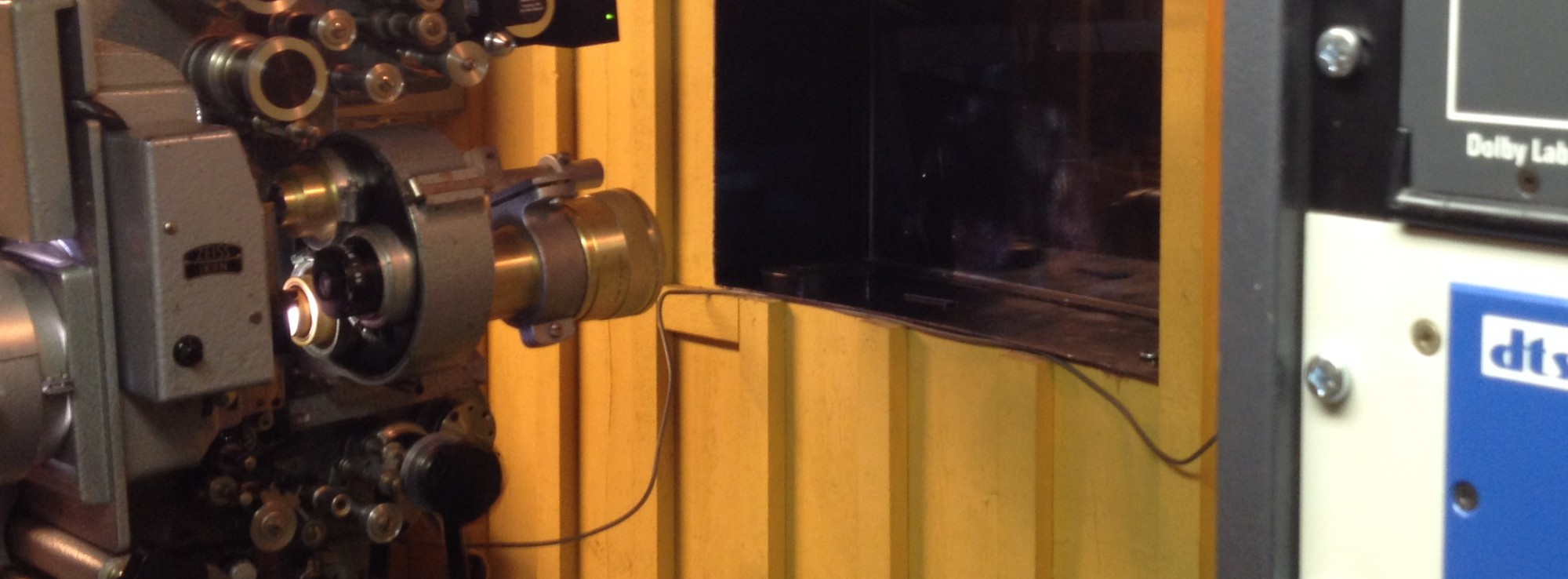With the advent of digital projection comes the age of explicit distrust.
In the olden days, when 35mm projection was the norm and 70mm what you hoped for, the film distributors would usually send the prints to the cinemas well in advance, mostly because the boxes were heavy and the distributors had little control over the actual physical distribution, but also because they imagined it would take the projectionist some time to assemble a 35mm print for a show.
Balancing the tip in the opposite direction was the fact that they also feared that a new film might be illegally scanned at a cinema. Never mind the fact that it wasn’t easy to set up a reasonable scanning facility at a cinema without the managers noticing, nor do the actual deed, as it would invariably involve actually projecting images for however long the film was.
It was not common; most new feature films that ended up on Pirate Bay, or whatever the VHS precursor was called, were, in fact, pirated by employees of the production company or by a very early link in the distribution chain, long before the films reached the cinemas.
Today, when films are digital and delivered to cinemas in hot-swappable hard disk drives, the industry uses every means at their disposal to stop the illegal copying.
Unfortunately, as evidenced by the many bittorrent sites on the internet, they mostly focus on the wrong targets.
Modern digital films are frequently encrypted, meaning that they require a digital key to unlock them for a show. This key is matched to not only a specific theatre but also a specific digital projector and server at that theatre. The key is dated, with a start date and time, and an end date and time, so that it will only be valid for the screenings and, usually, for a limited time before and after them.
Now, many producers and distributors will send unencrypted films to film festivals such as the Göteborg Film Festival, their reasoning being that digital keys are not always reliable and can cause problems, but also because sometimes the venue needs to be changed at a short notice. Others send their films encrypted but with liberally timed keys, lasting for days, weeks or even months, to help minimise problems.
Which we appreciate. None of us is against the companies protecting their property; while digital keys are a hassle, the actual license files are small and can easily be distributed through email, FTP, etc.
But not every film distributor or production company will understand or even care about what we think or what problems they help create.
Last night, I screened the Spanish film Living Is Easy with Eyes Closed, a charming story about what happened when John Lennon came to Almeria, Spain, to act in a film. About halfway through, I noticed that the server’s screen warned that the film’s license key had expired. It stated that the show contains “one or more unlicensed clips”.
Someone, somewhere, had decided that since it was the only screening at my cinema, the Draken, there was no need to wait until the show was over, which was around 1 AM. As if, after a 17-hour workday, I would stick around to scan the film, never mind the fact that the server manufacturer, Dolby, has other arrangements in place to prevent me from doing so.
Yet, the film is already available on the internet (I checked).
Now, if someone had fainted in the auditorium during the film (which happened two nights ago, by the way) and I had been forced to pause the film, I would not have been able to continue the show. The key will allow us to finish an ongoing show but not to interrupt it and finish it later.
I’m sure the director, who was present at the screening for a midnight Q&A, would have been thrilled to explain why the audience didn’t get to see the conclusion of his film.
Last year, we screened Spring Breakers, one of Hollywood’s many attempts at making money from showing bikini-clad teens, in this case Selena Gomez (in spite of the fact that I hear it’s easier to watch moving images of scantily clad females on the internet). The license key was timed between fifteen minutes before the screening started and one hour forty-five minutes after, making any kind of check by me to check the image format and noting a curtain call cue an impossibility, not to mention the fact that had something happened during the screening and we had been forced to stop it, we again had risked not being able to finish the show.
The production company didn’t stop there, however. They also distributed night vision binoculars to the ushers, with strict orders to monitor the audience during the show. They also wanted to place a guard in the projection booth for the duration of the screening, but I refused, informing the festival that said guard would also have to run the show since I wouldn’t be there.
We do our utmost to run beautiful shows. We take pains to ensure that the screening is as good as we can possibly make it, running a few minutes of every film to see that it’s OK, that the key works, that the image aspect ratio is the correct one, that the audience gets value for their money – tickets are quite expensive these days and most of us regard the audience as our true employers – but the production companies and film distributors aren’t helping.
I think I speak for most of us when saying that we don’t do what we do for them. Had it only been them I doubt I would have bothered at all, to be honest.
Trust is earned; it’s not given freely and they haven’t done anything to earn mine.
